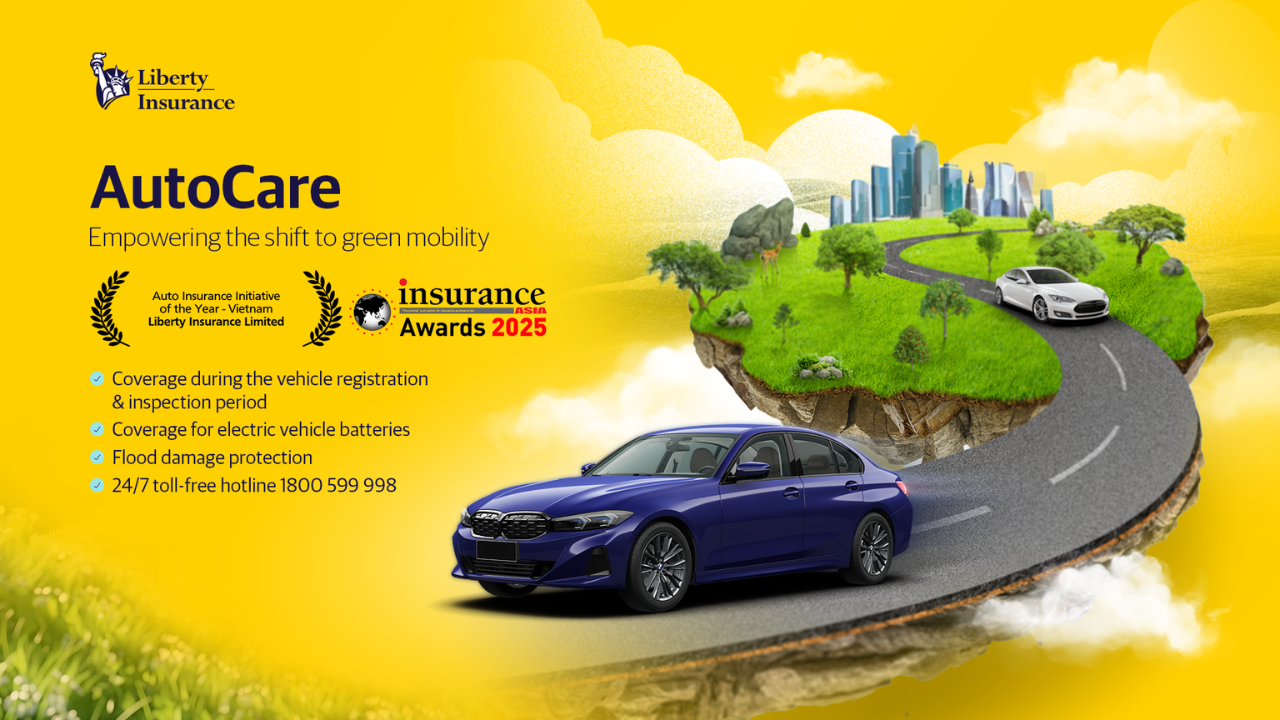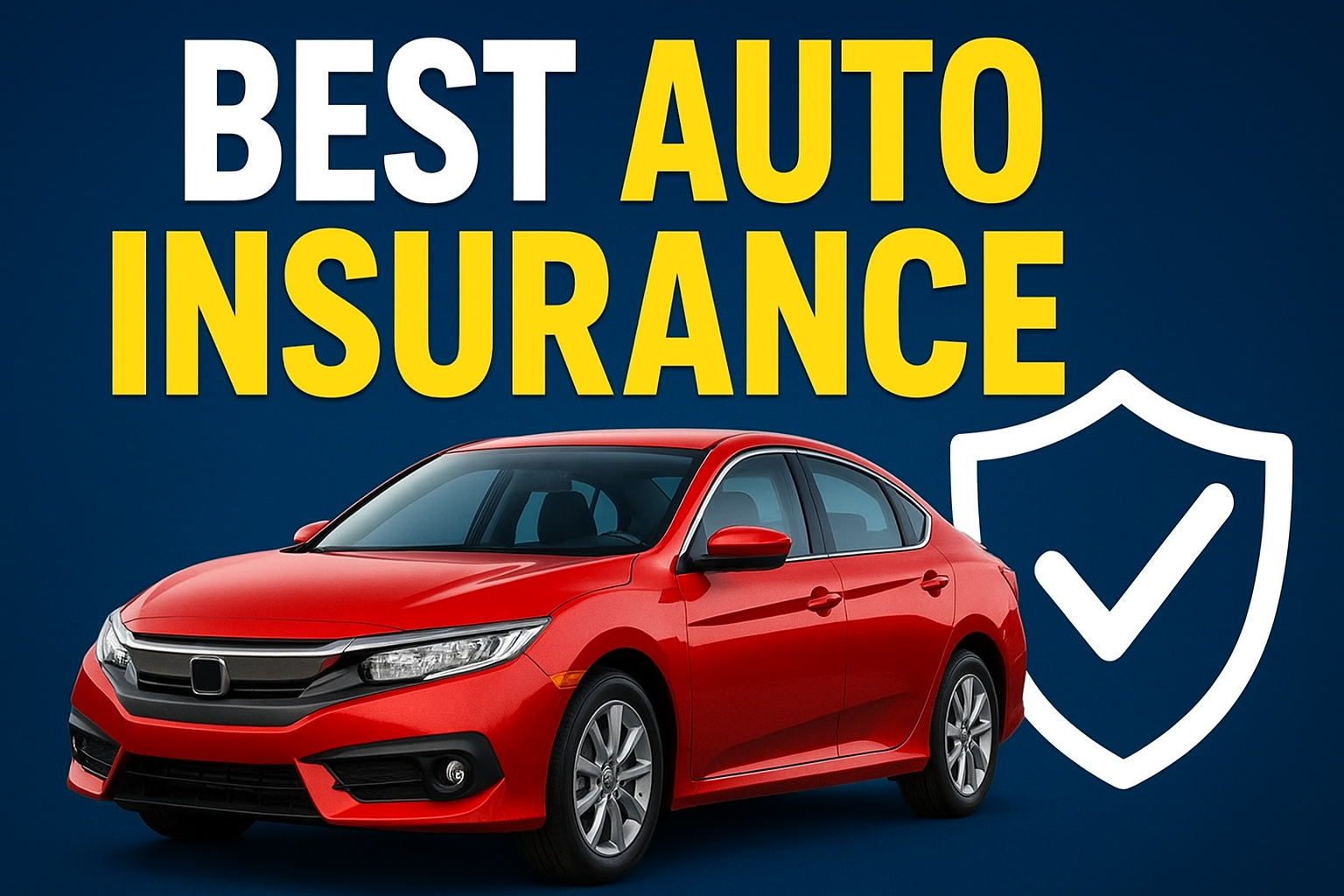What is Auto Insurance?
Auto insurance, often called car insurance or vehicle insurance, is a contract between you and an insurer that protects you financially in case of accidents, damage, or theft involving your car. In exchange for regular premium payments, the company agrees to cover specified costs up to your policy limits.
At its core, auto insurance safeguards against liability—meaning if you’re at fault in an accident, it covers injuries or property damage to others. It can also protect your own vehicle and provide add-ons like roadside assistance. In 2025, with U.S. drivers facing a 4.7% rate hike over the past year and a staggering 50% increase over five years, having adequate coverage is essential to avoid crippling expenses.
Why do you need it? Beyond state mandates (most require at least liability coverage), auto insurance offers peace of mind. Consider this: The average claim for vehicle repairs has surged due to advanced tech in modern cars, making unprotected drivers vulnerable to bills exceeding $5,000 for even minor collisions. It’s not just about compliance; it’s about smart risk management in an era of rising costs.
Types of Auto Insurance Coverage
Navigating auto insurance means understanding the various coverage options. Here’s a breakdown to help you choose what’s right for your needs.
Liability Insurance
This is the foundation of most policies. It covers bodily injury and property damage you cause to others in an accident. States set minimum limits, like 25/50/25 (e.g., $25,000 per person for injuries, $50,000 total per accident, $25,000 for property). In 2025, experts recommend higher limits—say 100/300/100—to account for escalating medical and repair costs.
Collision Coverage
Pays for repairs to your car after a crash, regardless of fault. Ideal for newer vehicles, but optional for older ones where premiums might exceed the car’s value.
Comprehensive Coverage
Handles non-collision incidents like theft, vandalism, fire, or natural disasters. With severe weather events on the rise, this coverage is increasingly vital in 2025.
Uninsured/Underinsured Motorist Coverage
Protects you if hit by a driver without sufficient insurance. Shockingly, about 14% of drivers are uninsured nationwide, making this a smart add-on.
Personal Injury Protection (PIP) and Medical Payments
Covers medical expenses for you and passengers, regardless of fault. PIP also includes lost wages—crucial in no-fault states.
Additional Options
- Roadside Assistance: Towing, flat tire changes—handy for frequent travelers.
- Gap Insurance: Covers the difference between your car’s value and loan balance if totaled.
- Usage-Based Insurance (UBI): Tracks driving habits via apps or devices for potential discounts, a growing trend in 2025.
Mix and match based on your budget and risk profile for optimal protection.
Factors Affecting Your Auto Insurance Premiums
Your auto insurance rates aren’t random—they’re calculated based on several variables. Understanding these can help you lower costs.
- Driving Record: Clean records save big; accidents or tickets can spike premiums by 20-50%.
- Age and Gender: Younger drivers (under 25) pay more due to inexperience. In 2025, rates for teens average $4,000+ annually.
- Vehicle Type: Sports cars or luxury models cost more to insure than sedans. Electric vehicles (EVs) face higher premiums due to pricey repairs.
- Location: Urban areas with high theft or accident rates mean higher premiums. For instance, Florida and Louisiana top the list for expensive insurance in 2025.
- Credit Score: In most states, better credit equals lower rates—up to 20% savings.
- Mileage and Usage: Low-mileage drivers qualify for discounts; UBI programs reward safe habits.
- Coverage Levels and Deductibles: Higher coverage means higher premiums, but raising deductibles from $500 to $1,000 can cut costs by 10-20%.
Review these factors annually to spot savings opportunities.

Current Auto Insurance Trends in 2025
The auto insurance landscape is evolving rapidly. Here’s what’s shaping the industry this year.
Rates are still rising, but at a slower pace: After 16.5% hikes in 2024, 2025 sees an average 7.5% increase nationwide. Full coverage now averages $2,671 yearly, or $223 monthly. Key drivers include inflated repair costs (up due to tariffs on parts, adding $31-61 billion in claims) and more frequent claims from distracted driving.
Telematics and UBI are booming, with insurers like Progressive and Allstate offering apps that monitor speed and braking for up to 30% discounts. Customer satisfaction is improving, per J.D. Power’s 2025 study, thanks to digital tools for claims processing.
Sustainability trends: Insurers incentivize EVs with green discounts, but repair complexities keep premiums high. Severe weather, linked to climate change, has boosted comprehensive claims by 15% in affected regions.
The Zebra’s 2025 report highlights how AI is streamlining underwriting, potentially lowering costs for low-risk drivers. Overall, the market shows strength in personal lines, with 6.8% premium growth projected.
How to Choose the Best Auto Insurance Policy
Selecting the right policy involves research and comparison.
Start by assessing your needs: Do you need full coverage for a financed car or just liability for an older model?
Shop around using tools like The Zebra or NerdWallet, which aggregate quotes from top insurers. In 2025, Travelers ranks highest for overall value, per U.S. News.
Consider discounts: Bundling home and auto can save 10-25%. Look for good student, defensive driving, or multi-car perks.
Read reviews and check financial stability via A.M. Best ratings. Finally, opt for digital-friendly insurers for faster claims—key in today’s fast-paced world.
Tips to Save on Auto Insurance in 2025
Saving on auto insurance doesn’t mean skimping on coverage. Here are proven strategies:
- Shop Around Annually: Rates fluctuate; comparing every six months can save hundreds.
- Bundle Policies: Combine with home or renters for discounts up to 25%.
- Raise Your Deductible: Boosting from $500 to $1,000 cuts premiums by $464-525 yearly.
- Maintain a Clean Record: Avoid tickets to keep rates low.
- Enroll in UBI Programs: Safe drivers earn 10-30% off via telematics.
- Ask for Discounts: Safe driver, low mileage, or anti-theft devices qualify.
- Pay in Full: Many insurers offer 5-10% off for upfront payments.
- Improve Credit: Better scores lead to lower quotes in allowed states.
- Drive Less: Under 10,000 miles/year? Mention it for savings.
- Choose the Right Car: Opt for safety-rated vehicles like Hondas for lower premiums.
Implement these to potentially slash your bill by 20-40%.
Common Mistakes to Avoid with Auto Insurance
Don’t fall into these traps:
- Underinsuring to save short-term—leads to massive out-of-pocket costs.
- Forgetting to update your policy after life changes (e.g., moving, marriage).
- Ignoring discounts—always ask!
- Choosing based on price alone; skimpy coverage backfires.
- Not reviewing annually; loyalty doesn’t always pay.
Avoid these for better protection and value.
Conclusion:
Auto insurance in 2025 is about balancing protection with affordability amid rising costs and innovative trends like UBI. From understanding coverage types to leveraging discounts, you’ve now got the tools to secure a policy that fits your life. Remember, the average driver pays over $2,600 yearly—don’t overpay by skipping comparisons.
Ready to save? Head to comparison sites like The Zebra or contact a local agent today for free quotes. Drive safe, stay insured, and enjoy the road ahead.




Leave a Reply